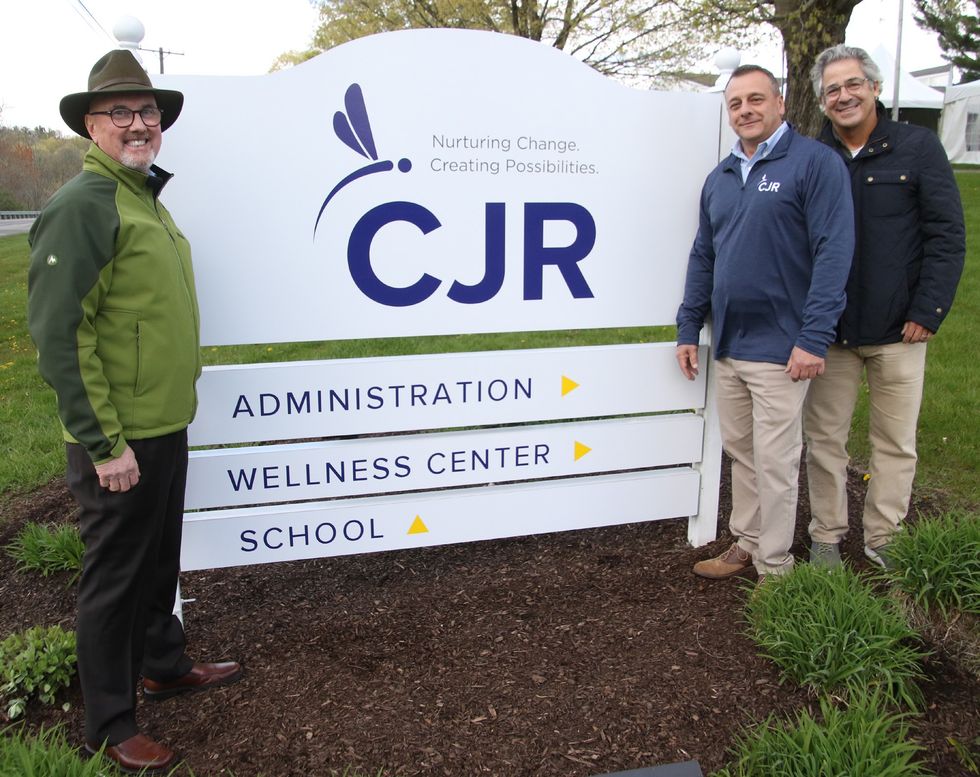New look for youth agency

Pictured after unveiling a new branded sign at the entrance to CJR’s Litchfield Campus on Route 63 are from left: Frederick “Rick” F. Judd III, Chair, CJR Board of Directors and Executive Vice President, Union Savings Bank; Daniel Rezende, CJR President and CEO; and Matthew Karpas, Prior CJR Board Chair, current CJR Board member, and Founder, Karpas Strategies LLC. Photo submitted



 John Satre, 1927Photo provided
John Satre, 1927Photo provided Ottar Satre, 1931Photo provided
Ottar Satre, 1931Photo provided Magnus Satre, 1932Photo provided
Magnus Satre, 1932Photo provided





